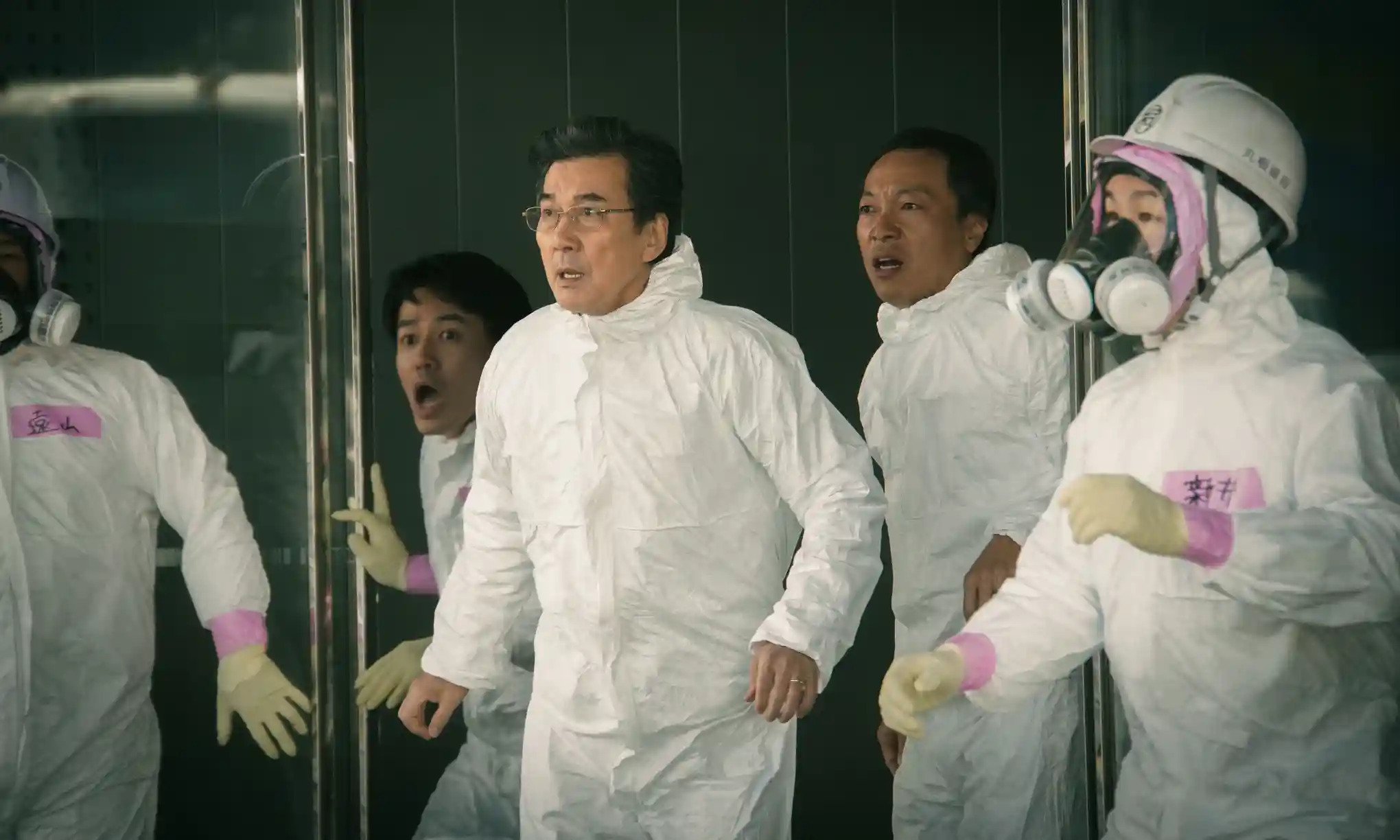Netflix recently premiered an apocalyptic-style sci-fi drama entitled The Days and it has opened up the door to questions and revelations. The Days begin with the Tohuko earthquake, demonstrating how it shook Japan in its entirety. Due to this earthquake, the sea level around the Fukushima Daiichi Nuclear Power Station rose. This resulted in a calamity that no one could have predicted and Netflix’s The Days demonstrates it well. Using the stats, demonstrating the pressure on the gauges and walls, The Days has let us have a front-row ticket to this calamity.
While this sci-fi drama is well and good in all its terror-striking glory, it has left the audience with a nagging question. Since we now live in a world of nuclear bombs and missiles, this question becomes even more prominent. Is Netflix’s The Days based on a true story? Did Japan face such a drastic disaster? More importantly, what does it say about us? All answers are stated below!
Is The Days Based On A True Story?
Directed by Masaki Nishiura and Hideo Nakata, The Days follow the events faced by Japan after being hit by the Tohuko earthquake. The power shut-down, the rising sea levels, the Hydrogen leak and the collapse of more than 30 cooling stations are the after-effects of the earthquake. The series follows the station manager of Fukushima Daiichi Nuclear Power Station, Masao Yoshida (Koji Yakusho) and demonstrates how he helped Japan navigate the crisis. It also takes into consideration the political warfare and moves along with the Japanese prime minister, Naoto Kan (Fumiyo Kohinata).
The Days is indeed based on true events and spans 7 days of the struggle endured by Yoshida, Kan and the residents of Japan. To be precise, The Days derive inspiration from a book entitled On The Brink: The Inside Story Of Fukushima Daiichi. It is written by a journalist, Ryosho Kadota who interviewed more than 90 people who have been affected by this incident. More importantly, Kadota’s words are centred around Yoshida and pay tribute to the prime minister, Kan, who handled an explosive condition with finesse.
MORE: Is Black Knight Based On A True Story? Why Is This Question Becoming Prominent?
Did Japan Go Through A Nuclear Disaster?

On March 11, 2011, Japan was struck by an earthquake which was simultaneously followed by a tsunami. Due to this calamity, Japan’s electricity was shut down and the machines at Tokyo Electric Power Company (TEPCO) fell under. The cooling units were destroyed and Japan went through the a once in a lifetime crisis. Nuclear reactors depend on the cooling units. If they do not get their desired temperature, the destruction they could cause is unimaginable.
After trying every available resort and implementing a wet well venting, Yoshida and his team succeeded to reduce the pressure surrounding the power plant. Their attempt to save their country led them to exploit the Pacific Ocean by leaking radioactive materials into it. But that was their only saving grace. Their attempt was partly successful. However, they couldn’t predict the Hydrogen leak. They were left with no other option but to use seawater to cool down the reactors. So, Yoshida decided to save billions of people by trying to cool down the reactors but to no avail.
After 80 hours of struggle endured by Yoshida, Kan and the rest of the members involved, Japan went through a nuclear meltdown.
What Is Japan’s Condition Now?
The Fukushima accident is the second highest-level disaster noted in the history of Earth. Yoshida and the Japanese government managed to evacuate one-third of Japan to prevent a mass cessation. However, they couldn’t save the land from deterioration. The leaking from the Fukushima Daiichi plant resulted in a mess of epic proportions. Because of the leaking, nobody was allowed to stay on the premises of the power plant. People around over a 100-kilometre radius were forced to leave their houses and take refuge in other unaffected places.
The Fukushima Daiichi plant premises had over 1000 cherry blossom trees. They were cut down due to the plausible effect of the reactants. Now there are only 400 of those remaining. Thousands of houses are still left empty in these areas, including in Tokyo. People assume that the land hasn’t only become infertile but the air surrounding these areas is polluted and cancer-inducing, too.
However, the World Health Organization (WHO) ensued a report a decade later, in 2011, denying these claims. The possibility of cancer caused by the radioactive materials is relatively lower than expected, bordering null. Though there are currently a very small amount of inhabitants residing around these places, none of them has been reported to be affected by cancer. Only one–Masao Yoshida himself.
